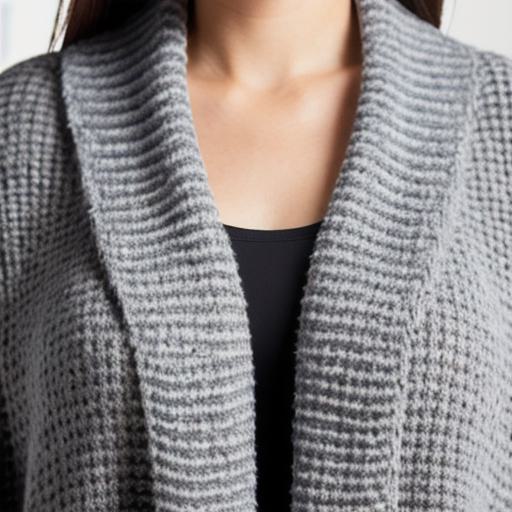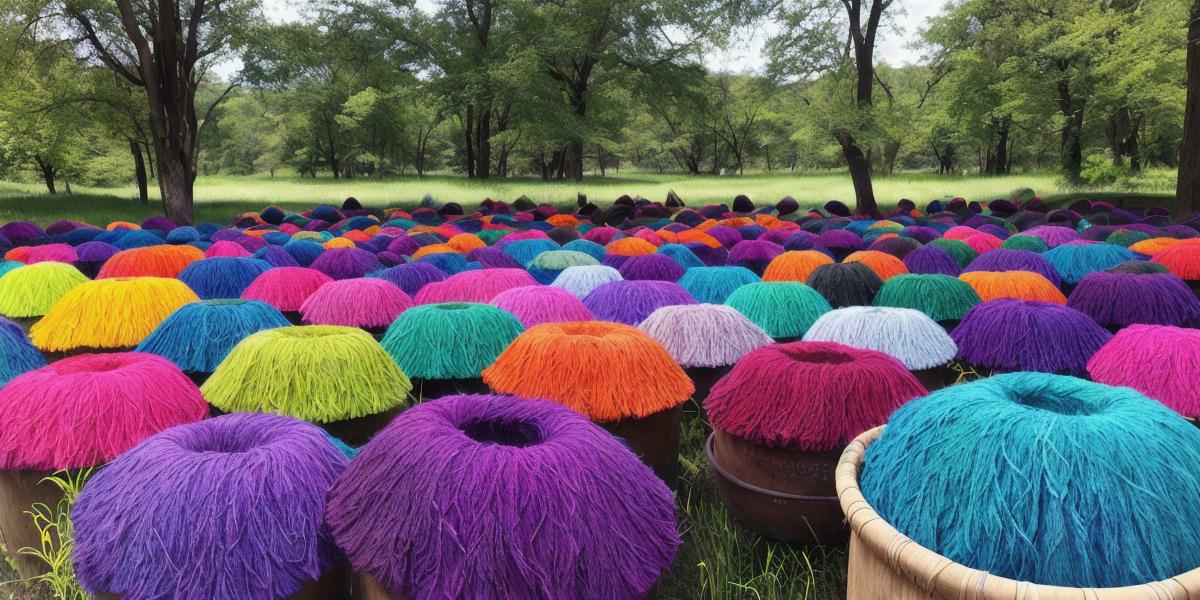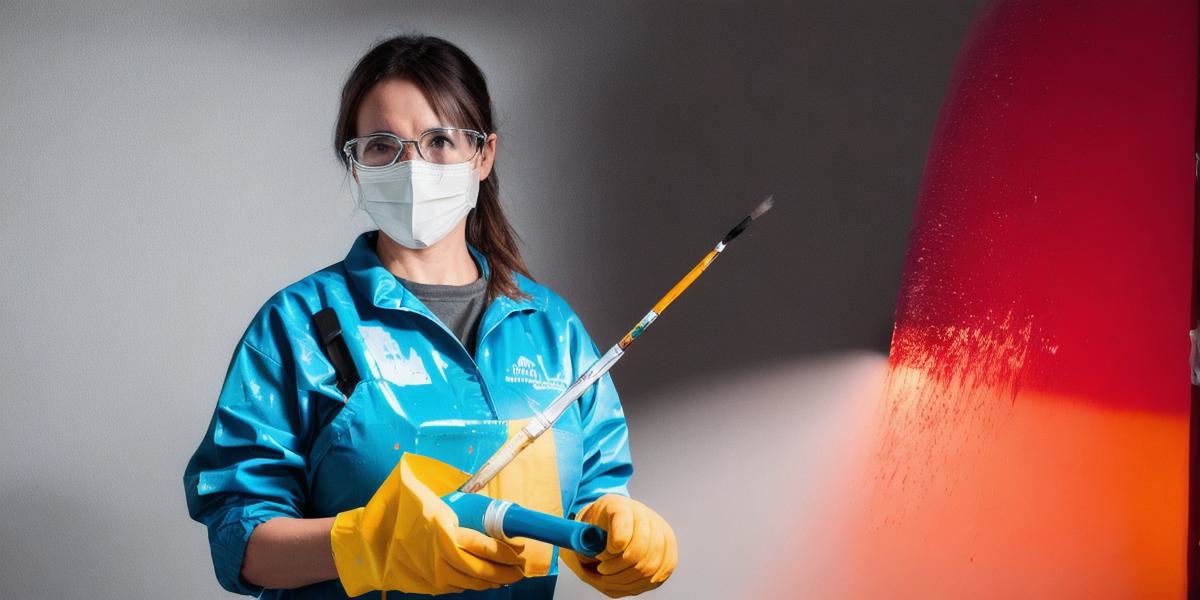Introduction:
Alpaca fibers are a popular choice among crafters and knitters for their softness, strength, and durability. But one of the most exciting things about working with alpaca yarn is the ability to dye it in a variety of vibrant colors. Whether you’re looking to add some personality to your projects or just want to experiment with different hues, dyeing alpaca fibers can be a fun and rewarding experience. In this guide, we’ll go over everything you need to know to dye your alpaca fibers like a pro, from choosing the right dyes to applying them safely and effectively.
Choosing the Right Dyes:
The first step in dyeing alpaca fibers is selecting the right dyes. There are many types of dyes available on the market, including natural dyes made from plants and minerals, synthetic dyes, and even yarn dyes specifically designed for alpaca fibers. When choosing your dyes, it’s important to consider factors like color intensity, lightfastness, and the type of fiber you’re working with.
Natural dyes are often preferred by those looking for eco-friendly options, as they are derived from sustainable sources like plants and minerals. However, these dyes can be less intense and more difficult to work with than synthetic dyes. Synthetic dyes, on the other hand, offer more vibrant colors and greater control over the dyeing process. Yarn dyes designed specifically for alpaca fibers are also a great option, as they are formulated to work well with the specific characteristics of this fiber.
Preparing Your Fibers:
Once you’ve chosen your dyes, it’s time to prepare your alpaca fibers for dyeing. Here are some tips to help you get the best results:

- Wash your fibers thoroughly before dyeing to remove any dirt or oils that could interfere with the dyeing process.
- Card your fibers to separate them and distribute them evenly. This will ensure that the dye is applied evenly throughout the yarn.
- Use a small amount of fiber at a time, as overloading the yarn can cause it to become matted or unevenly dyed.
- Avoid using metal tools or utensils when working with alpaca fibers, as they can scratch and damage the fibers.
Applying the Dye:
Now that your fibers are ready, it’s time to apply the dye. Here are the steps you should follow:
- Fill a pot with enough water to cover your fibers completely, plus an extra inch or two.
- Add your dyes to the water, following the instructions on the package.
- Gently stir the water and fibers together, being careful not to agitate them too vigorously.
- Allow the dye to soak into the fibers for the recommended amount of time, usually between 30 minutes and an hour, depending on the type of dye and desired intensity.
- Rinse the fibers thoroughly under cold running water until the water runs clear.
- Hang the fibers up to dry completely.
Tips for Perfect Results:
To get the best results from your alpaca dyeing project, keep these tips in mind:
- Don’t overload the pot with too much fiber at once, as this can cause the dye to become unevenly distributed.
- Use a thermometer to monitor the temperature of the water, as dyes can behave differently at different temperatures.
- Be patient when rinsing the fibers, as it may take several rounds of rinsing to remove all the excess dye.
- Don’t wash your dyed alpaca fibers in chlorine or bleach, as these chemicals can damage the dye and cause it to fade over time.
Real-Life Examples:
To illustrate how dyeing alpaca fibers can transform a simple skein of yarn into something truly beautiful, let’s look at a few real-life examples.
Example 1: Natural Dyes
In this example, we used natural dyes made from avocado pits and onions to dye a skein of alpaca fiber. The result was a soft, muted color that was perfect for a delicate shawl or scarf.
Example 2: Synthetic Dyes
In this example, we used a bright synthetic dye to create a bold, vibrant color for a pair of socks. The result was a striking contrast that really made the alpaca fiber stand out.
Conclusion:
Dyeing alpaca fibers can be a fun and rewarding experience that allows you to create beautiful, one-of-a-kind projects. By choosing the right dyes, preparing your fibers carefully, and applying them safely and effectively, you can achieve stunning results every time. So why not give it a try and see what amazing colors you can create with your alpaca yarn?
FAQs:
- Can I use any type of dye to color my alpaca fibers?
- While there are many types of dyes available, some are better suited for alpaca fibers than others. Look for dyes that are specifically designed for alpaca fibers or natural dyes made from plants and minerals.
- How long should I let the dye soak into the fibers?
- The amount of time the dye should soak depends on the type of dye and desired intensity. Follow the instructions on the package and monitor the color as it develops.
- Can I mix different colors of dye to create new shades?
- Yes, mixing different colors of dye can create new shades and effects. Experiment with different combinations to find the perfect shade for your project.
- Should I wash my dyed alpaca fibers before using them in a project?
- While it’s not necessary to wash dyed alpaca fibers, it can help to remove any remaining dye and make them feel softer. Wash your fibers thoroughly with cold water before using them in a project.
- What should I do if my dyed alpaca fibers fade over time?
- To prevent fading, avoid washing your dyed alpaca fibers in chlorine or bleach and store them in a cool, dry place away from direct sunlight.



